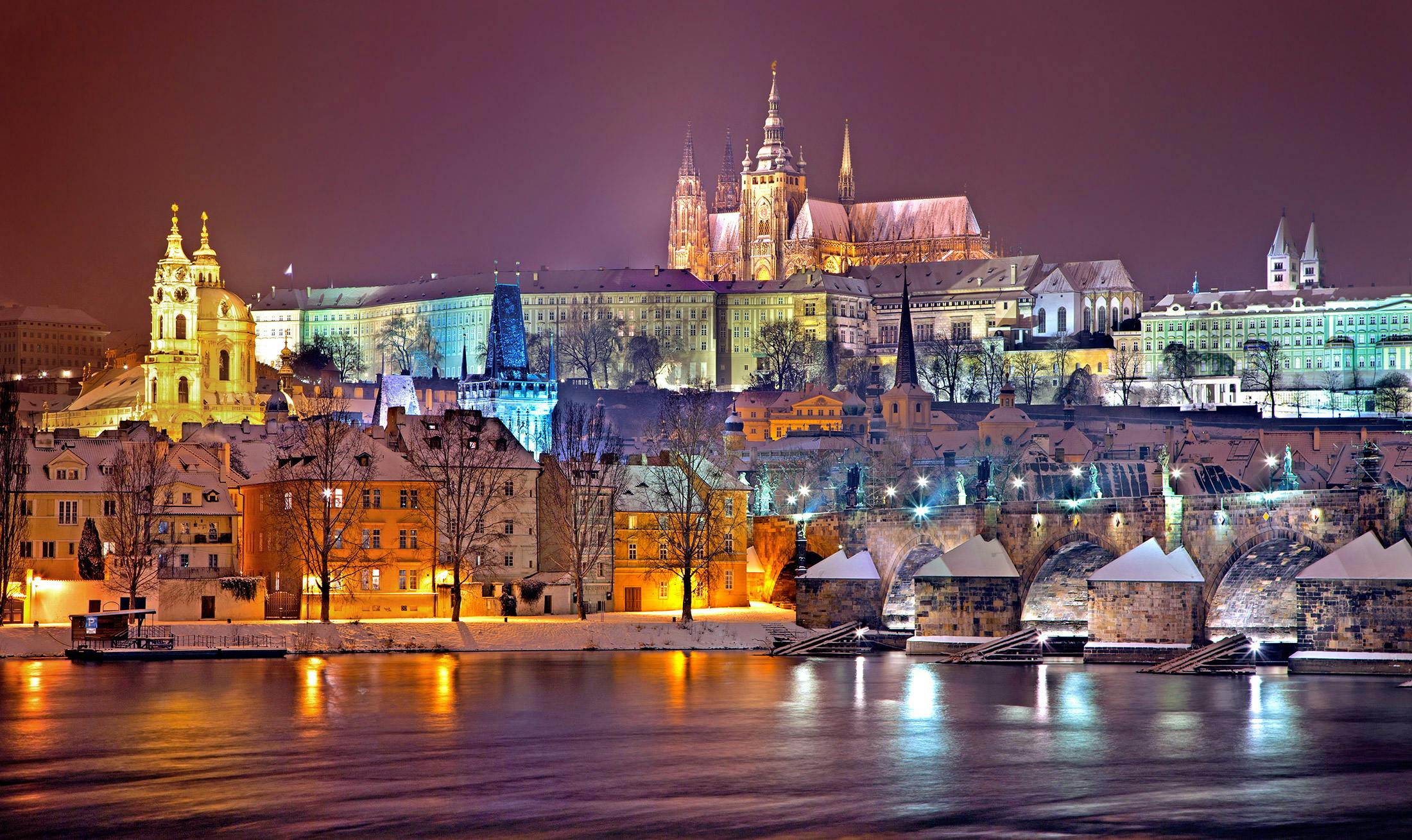
Place De La Concorde, Paris – A city square rich in history
The Place de la Concorde, as it is now known, has received various names since it was conceived as a public square in 1755. Today it is called “Concorde” to indicate harmony and reconciliation. As the largest square in Paris, located at the eastern end of the Champs-Elysees, the modern visitor sees statues and fountains, not to mention a giant obelisk, surrounded by magnificent 18th-century buildings.
It was not always a place of harmony. “Concorde” was first used as the name of the square in the late 18th century after the shock of the French Revolution. Not long before, the square had been called “Place de la Revolution”. The name was vivid, because it was here that the famous guillotine associated with the upstart regime was erected, used to behead crowds cheering Louis XVI and his wife Marie Antoinette in 1793, not to mention Charlotte Corday, Georges Danton, Maximilien Robespierre and many more. others. In fact, in a single month in the summer of 1794, during the Reign of Terror, the guillotine cut off the heads of no less than 1,300 victims.
The beauty of the square was compromised during those revolutionary times. The statue of Louis XV was demolished, an action that was undoubtedly accompanied by the need to remodel the square from its original name of Place Louis XV. Just a generation before the revolution, Louis XV had been the reigning king who oversaw the construction of the square as we recognize it today. Two magnificent identical stone buildings were created in the far north, the east acting as the French Naval Ministry and the west as the home of a duke. Today, the western building is occupied by a luxury hotel, the Hotel de Crillon.